The new Nature Conservation Act bans the import of trophies of endangered species into Finland. Nevertheless, hunting tourism to Africa continues.
The new Nature Conservation Act, which will enter into force at the beginning of June, will restrict the import of hunting trophies into Finland. The law prohibits the import of specimens or parts of specimens of globally threatened species threatened by international trade as hunting trophies from non-EU countries.
In practice, this applies, for example, to lion trophies imported from South Africa. For years, there has been a movement in that country to stop the breeding of farmed lions for hunting.
The appearance of the import ban in the law has also caused surprise in Finland, as it was not in the original government proposal.
According to the Ministry of the Environment, the version that was in the opinion included the Decree-Law to impose stricter import bans than the Cites agreement, which regulates the international trade and import of endangered species.
The limited import ban on hunting memorabilia was drafted into the government’s proposal after the opinion round, taking into account the opinion feedback. The law was approved by the parliament last December.
Wild or farmed game?
The international Blood Lions campaign is unethical and does not increase wildlife conservation.
Although captive hunting has been condemned by ethical hunting organizations, demand for these hunting permits is high. According to our recently published research, a total of 1,707 hunting licenses were issued in South Africa between 2017 and 2020, of which 90.5 percent (1,544) were issued in one province alone.
According to De Waal, it is interesting that 230 lions were hunted in this province in 2020, despite the fact that the conditions of the corona lock were in effect from March 2020.
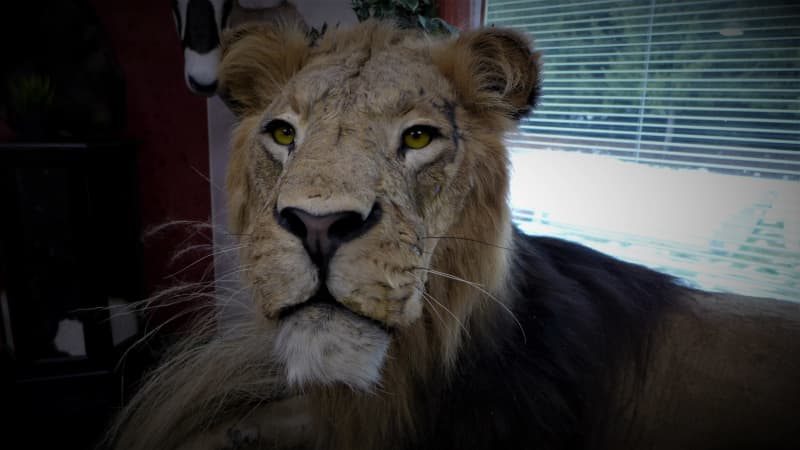
Big money moves in the operations of game farms in South Africa, as American and European hunting tourists are ready to pay thousands of euros to shoot lions.
Pictures of shooters posing next to a dead animal that have spread around the world have sparked outrage, as was the case with Cecil the lion in July 2015. At that time, a US dentist paid $50,000 to have a lion that was lured out of a reserve in Zimbabwe put down.
Finnish hunters in Africa
Hunting trips to Africa are also made from Finland. The prey is mostly common antelope species, but possibly also animals classified as endangered.
– The change in the law only affects the import of certain hunting souvenirs and only applies to Finland. In the big picture, the change in the law will not have a big impact on hunting tourism itself. The Finnish line has surprised internationally, says Viitanen.
In southern Africa, hunting tourism is big business, with millions of euros in circulation every year. For example, on game farms in South Africa, the animals are owned by the farm itself, and farmed animals are an alternative to livestock farming.
– Trophy hunting is often misinterpreted today. We should talk about selective hunting. It is part of game management stock regulation, where old males are killed according to the game management plan, taking into account the population of the species, says Henri Viitanen.
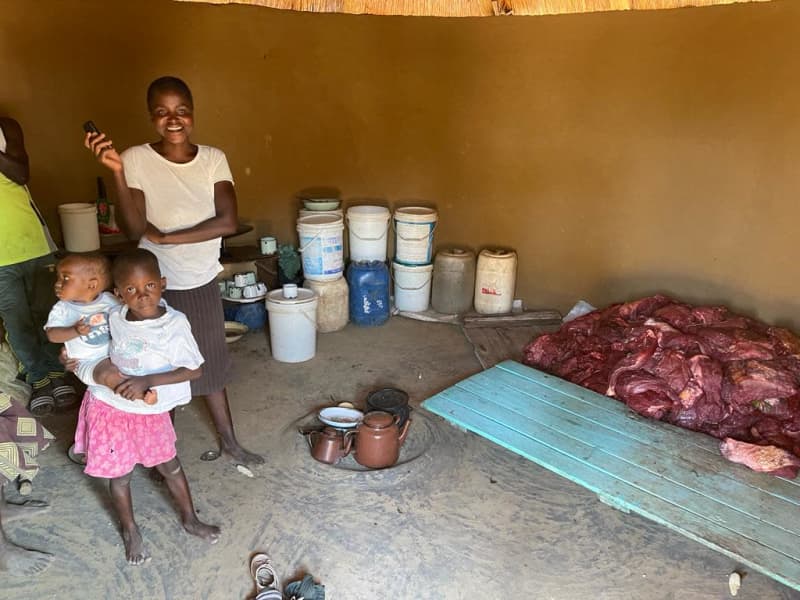
According to Viitanen, the locals make good use of the carcass and, for example, the antlers are left for the butcher, just like in Finnish elk hunting.
– Hunters don’t go on a trip just for a trophy, or a hunting souvenir. Nature and local culture are interesting and you can get to know them well through hunting. The hunting memory is only a part of this whole, says Viitanen.
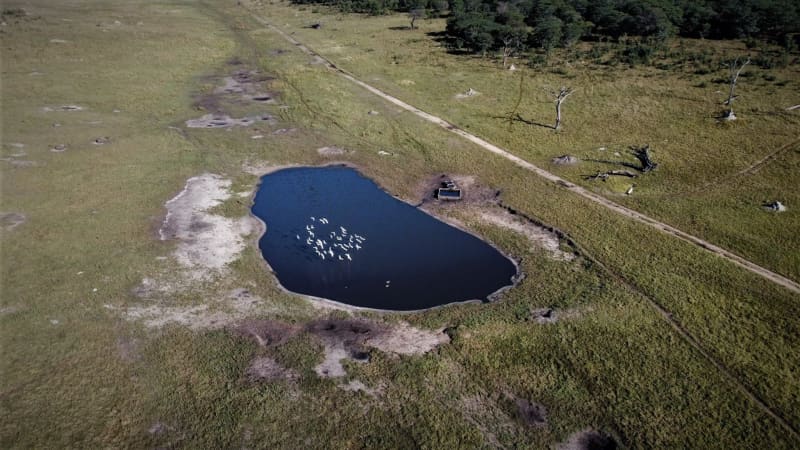
The international convention CITES regulates the international trade and importation of endangered species. In its dissenting opinion related to the proposal to amend the Nature Conservation Act, the Finnish Gamekeepers’ Association considered the agreement sufficient for the protection of different animal populations. According to the union, the ban has not always worked as hoped:
*The ban on trophy hunting in Botswana in 2014 caused an increase in poaching of some species and on the other hand an uncontrolled growth of the African elephant population. In a few years, elephants caused such great damage to farming and even loss of human life that the country allowed trophy hunting again in 2019.*
In addition to the animal species mentioned in Annex A of the Cites Regulation, the ban of the new law also applies to the following species mentioned in Annex B or their parts: African elephant, argali sheep, big rhinoceros, polar bear, lion and hippopotamus.
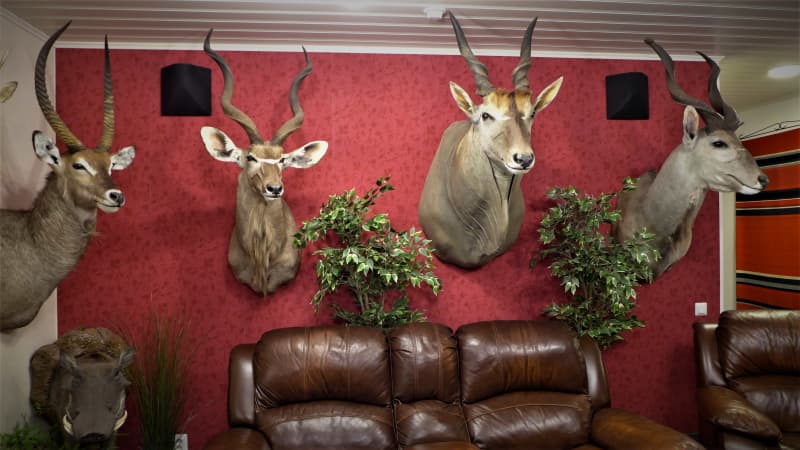
Species subject to the import ban are also leopard, cheetah, caracal, wild cat, sable antelope, endangered populations of the Nile crocodile, brown bear and its subspecies grizzly bear, lynx, wolf, otter and grasshopper.
Before the beginning of June, the trophy of an animal shot outside the EU can still be imported.
Want to extend trophy restrictions
The Trofeeto EU working group has been a cooperation group of SEY Finnish Animal Protection and Turku Animal Protection Association since 2014. It wants to increase information about the disadvantages of hunting trophies, and pushes for a ban on the import of trophies to Finland and EU countries.
Currently, there are restrictions in, for example, Holland, France and Australia, where the import of lion trophies is already prohibited. Legislation against trophy hunting is currently being prepared in many European countries.
In Wahlberg’s opinion, killing an animal just because of a hunting souvenir, and mostly abroad, is no longer ethical today, and therefore the importation of hunting souvenirs should be completely banned.
– The importation of hunting souvenirs should be banned, regardless of the animal species, because trophy hunting is strongly unethical and it is also unnecessary in terms of both human survival and nature conservation.
The trophyless EU working group can be said to represent a strong line of protection, which, unlike the international WWF, believes that hunting could have an impact on animal protection. According to Riina Itkonen, Finland’s new import ban has attracted positive attention abroad.
– Several countries, especially in Europe, have also tried to ban the import of trophies, and some of them have succeeded. Africa’s wild animal population needs no other measures than to protect their habitat and leave it alone.
According to Itkonen, only the local large farms benefit from trophy hunting and not the poor population of the area.
– Trophy hunting is a cruel business, the main goal of which is to kill the animal for the memory of the hunt, not for the meat, for example.
According to Birgitta Wahlberg, who lived in South Africa, the business in question also involves, for example, unnatural breeding of animals, wildlife trade, and volunteer programs that utilize the goodwill of young people, which have nothing to do with nature conservation.
– The ban is a strong signal that this should not be done. It is also a strong signal to our own decision-makers to act differently and legislate in such a way that the activity can be reduced, if not completely stopped.

Hunting tourism to Africa continues
Trophy hunting in Africa will continue despite Finland’s future ban. It is estimated that half of the hunting tourists come from the United States and the rest from elsewhere. A significant number of hunters also arrive from Europe.
In Central Europe, hunting often focuses on trophies, and game stocks are managed based on that. Hunters pay more for animal damage and land rent than in Finland.
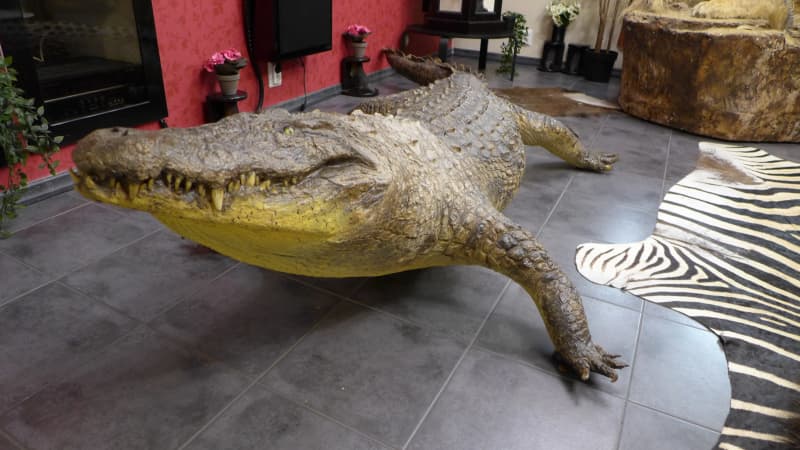
Those who organize hunting trips to Africa say that the guide and other services created around hunting tourism employ local people and the business brings income to people other than the owners of the farms.
– Around the change in the law, attention is now focused on South Africa and especially on lion hunting. When evaluating the whole, it should have been noted that in South Africa the activity is mainly based on private land ownership and game ranching. On the basis of a single African country and its deviant operating model, making such an extensive law change is not justified.
According to Viitanen, hunting is not only a significant source of income, but also creates a clear value for game: valuable game is protected and cared for. With the decrease in hunting, the opportunities and interest in monitoring the areas weaken.
– As a result, illegal hunting increases and animals are caught without control, for example with traps. Among the countries of \”Wild Africa\ Kenya is commonly used as an example, where the cessation of selective hunting led to the collapse of animal populations, says Viitanen. He has worked as a hunting guide in Africa for almost twenty years.
According to the No Trophy EU group, trophy hunting increases poaching. Illegal hunting threatens, for example, rhinoceroses.
Will there ever be a dialogue?

In Finland, the wolf debate has escalated and the parties often do not tolerate each other. Aleksi Lumme still tries to build more factual dialogue. In his opinion, the development of the CITES system would have been an alternative to the trophy import ban.
– The most important method for increasing understanding is listening. It is very difficult to achieve that in the subject of trophy hunting, but it is possible. It would be my responsibility to ask even more questions about what exactly is the problem with trophy hunting.
Lumme, who started hunting seven years ago, sees strictly controlled hunting as an opportunity to protect game populations. Social sustainability is a necessary factor for conservation success. In his opinion, it has a role both in Finland and in African countries.
– Africa is a huge continent. It cannot be viewed as a whole. Trying to manage all of this in one way is a naive idea to me. Every game population has to be looked at regionally, and so also in Finland, Aleksi Lumme thinks.
*What thoughts did the story evoke? You can discuss trophy hunting and the law change on 23.2. until 11 p.m.*
